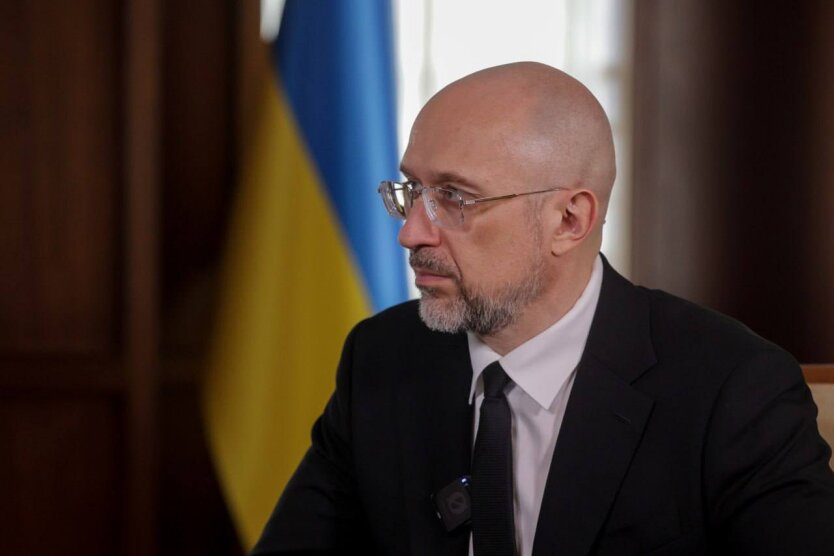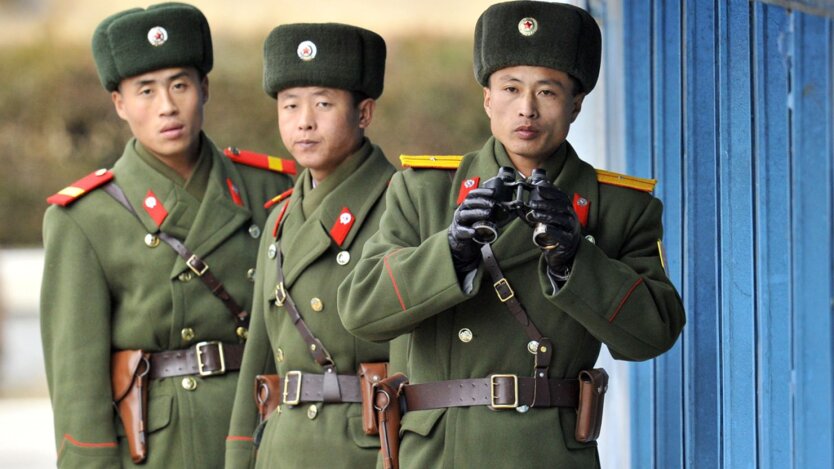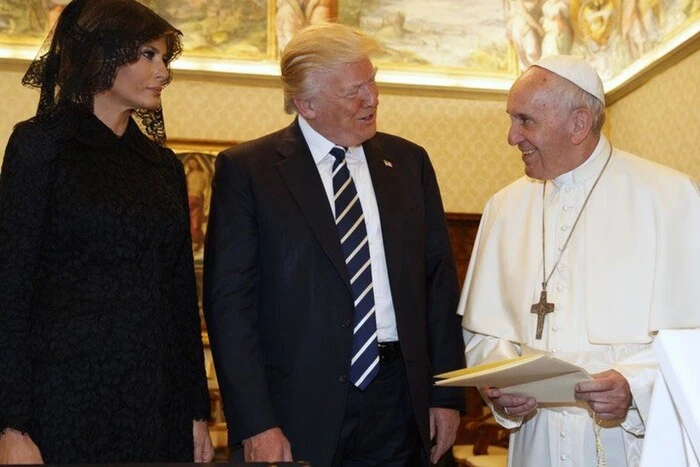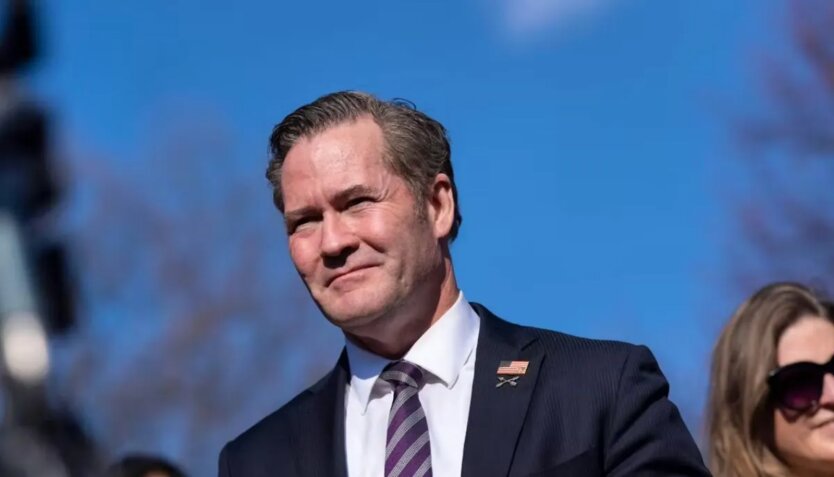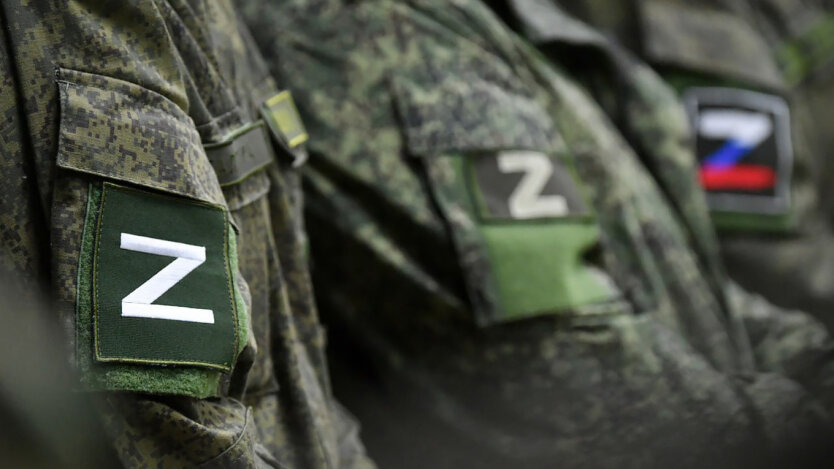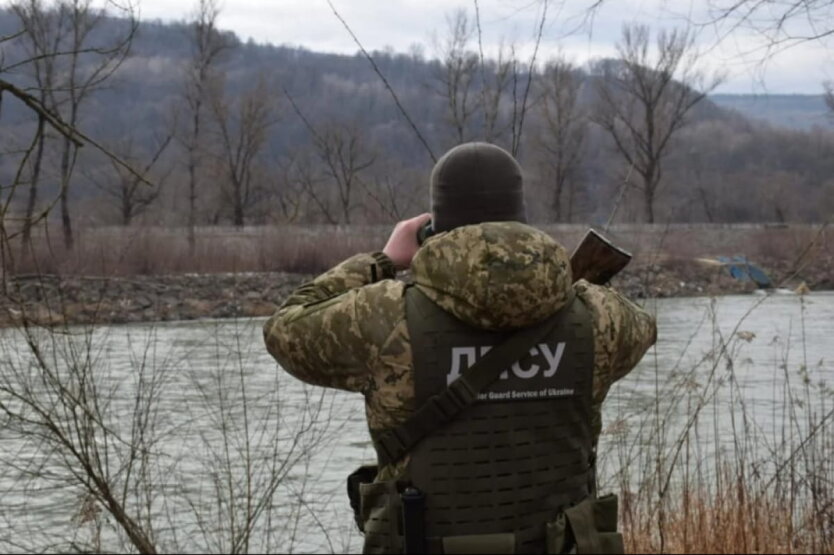ISW explained why Russia intensified its offensive in the Kursk region.

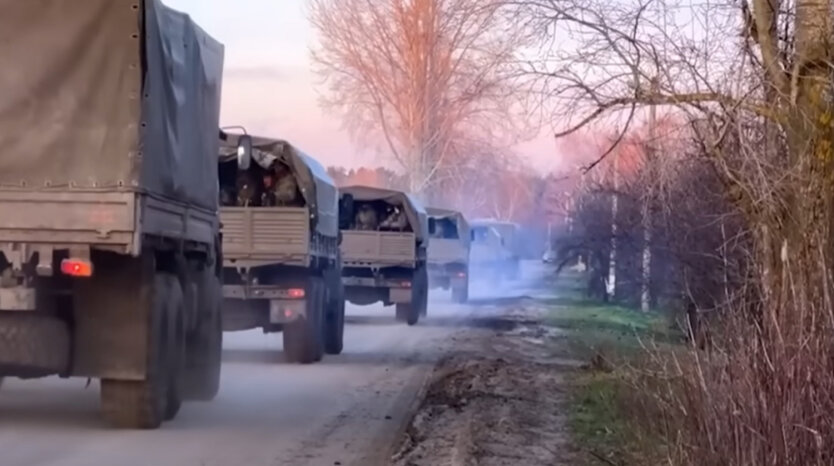
According to the latest report from the Institute for the Study of War (ISW), the Russian army has intensified its actions in the Kursk direction with the aim of pushing back Ukrainian forces.
According to the new ISW report, Russian attacks on three districts of the Kursk region began on October 10.
And although there are reports of the capture of several settlements in the Korenevsky district, ISW experts have not yet confirmed this data. There is also no evidence that Russian troops have managed to encircle any Ukrainian unit in the Kursk region. There is no information on progress in the Sudzhansky and Glushkovsky districts.
According to ISW experts, Russian forces want to push back Ukrainian forces before inclement weather sets in, when opportunities for active hostilities become more difficult. There is speculation that the Russian command needs to free troops for redeployment to the Donetsk direction.
According to ISW, Russian troops are operating in the Kursk region, which were previously redeployed from other sections of the front. There are especially many airborne units used for quick achievement of goals.
There is a risk that if reserves are depleted before winter sets in, the Russian army will not be able to achieve its goal in the Pokrovsk direction.
Thus, the Russian command is trying to push Ukrainian forces out of the Kursk region as quickly as possible in order to redeploy freed troops to Donetsk and occupy Pokrovsk.
The Commandant's Office spoke about the life of Russians in the Kursk region, which is under the control of the Armed Forces of Ukraine.
Read also
- Ukraine plans to strengthen economic pressure on Russia - Shmyhal
- North Korea officially confirmed participation in the war on the side of Russia for the first time
- Trump Wants the Next Pope to Be an American - Bild
- Waltz said when the US will sign the agreement with Ukraine
- British intelligence counted foreign mercenaries in Putin's army
- Russia is trying to create a new flashpoint of tension on the Ukrainian border: the hottest areas

